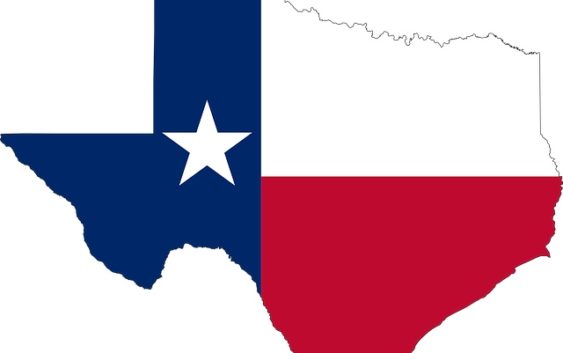- Seven months after Hurricane Helene, Chimney Rock rebuilds with resilience
- Wildfire in New Jersey Pine Barrens expected to grow before it’s contained, officials say
- Storm damage forces recovery efforts in Lancaster, Chester counties
- Evacuation orders lifted as fast-moving New Jersey wildfire burns
- Heartbreak for NC resident as wildfire reduces lifetime home to ashes
As Summer Grips Austin, City Plans To Map 'Heat Islands'

This year, as the hottest days of summer clutch Texas in a fiery embrace, a team of volunteers will fan out through Austin neighborhoods to take the temperature of the city.
The endeavor is part of an urban heat mapping project, funded by the National Oceanic and Atmospheric Administration, that aims to present a clearer picture of what parts of town get the hottest and who is most affected.
Historically, the city has relied on satellite data to show where you can find Austin’s “heat islands,” areas that get hotter than most and retain heat longer into the night because of the built environment.
“But if you look at those maps, they really reflect the areas with big concrete areas, so the airports are really hot, and the malls are really hot,” said Marc Coudert, an Environmental Conservation Program manager with the City’s Office of Sustainability. “It doesn’t really give us that nuanced information about who was impacted by heat and where those locations are.”
To get that street-level understanding of air temperature, NOAA conducts annual Urban Heat Island Community Science Campaigns. Austin is one of 13 cities chosen this year.
In these campaigns, nonprofits and city governments organize groups of volunteers. They are equipped with special heat and humidity sensors and assigned routes to drive or bike every morning, afternoon and evening during the hottest days of the year.
The information is run through computer models to give a granular view of the temperature range of different parts of town.
The results create high resolution maps that offer “often 10 meter, or in some cases, 1 meter descriptions of the distribution of temperature and humidity,” Viveck Shandas, a professor of Urban Studies and Planning at Portland State University who is consulting with NOAA, told an online rountable earlier this month.
“We can even develop a heat index for specific places,” he said.
But, just as important as seeing where the heat islands are located, is understanding who is most hurt by them.
“Folks that are most vulnerable to heat are low income, people of color, elderly, children, people with asthma or other sort of health-related issues,” Coudert said.
Some work has already been done to see how those Austin communities are disproportionately put in danger by extreme weather.
A map created by Patrick Bixler, a professor at UT Austin’s LBJ School of Public Affairs, overlaid demographic information on weather data to show how socially and economically vulnerable communities are at greater risk of fire, floods and heat.
Coudert says the data collected by this project will help the city plan heat mitigation strategies. Those can range from helping to weatherize housing to reshaping the urban landscape.
“They could be planting more trees, working with Cap Metro on bus shelters, working on where crosswalks are,” Coudert said.
In Austin, he says, there will be about 20 volunteers participating in the campaign “probably in early August.”
City planners and public health groups say the challenges posed by urban heat islands will grow as climate change continues.
The City of Austin averaged 13 triple digit days annually during the 1900s. This century the city is averaging about 38 triple digit days a year.
Got a tip? Email Mose Buchele at mbuchele@kut.org. Follow him on Twitter @mosebuchele.
If you found the reporting above valuable, please consider making a donation to support it. Your gift pays for everything you find on KUT.org. Thanks for donating today.
9(MDAwMTM1NDgzMDEyMzg2MDcwMzJjODJiYQ004))